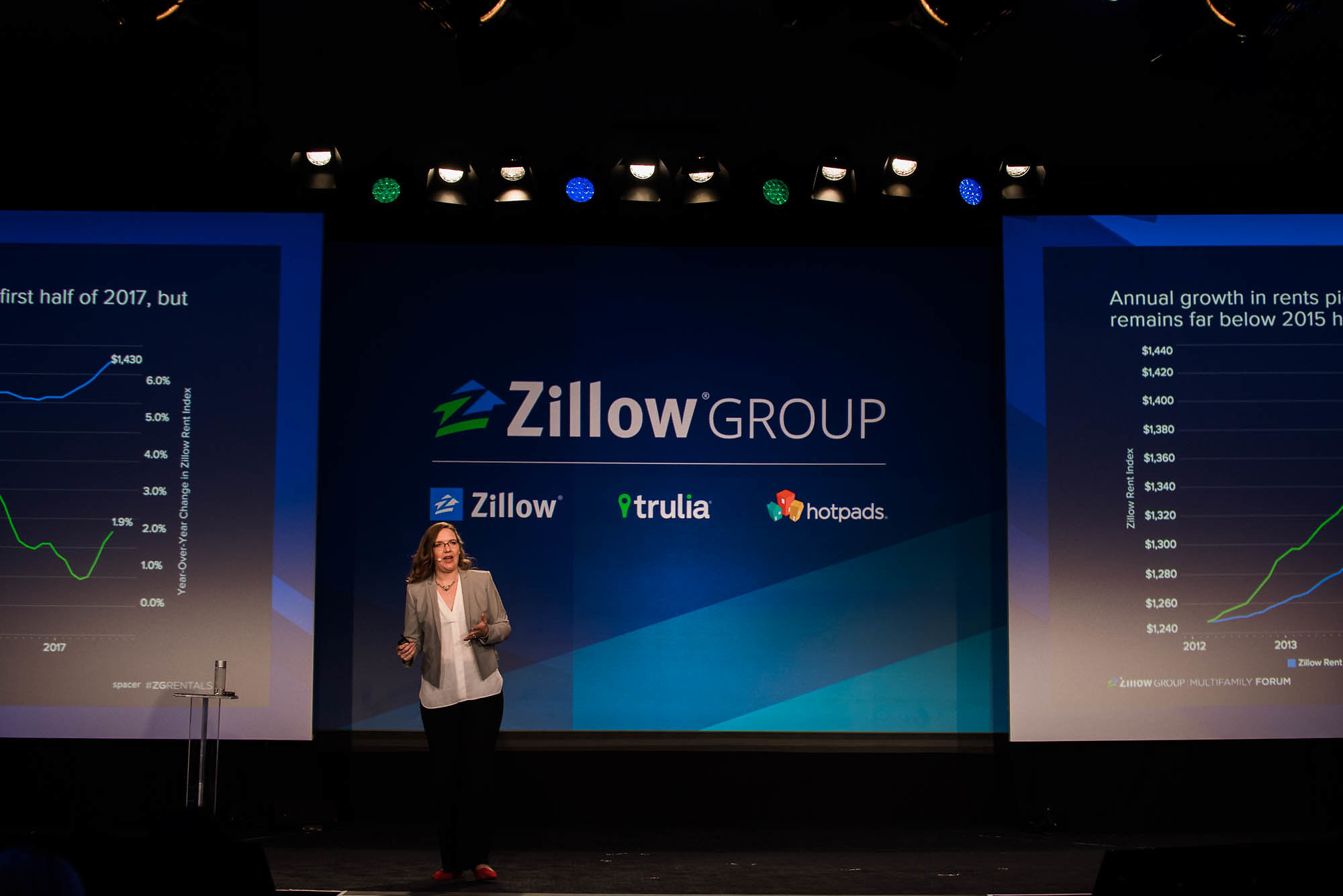The Rental Economy: 3 Macro Trends to Understand

October 9, 2017
2 Minute Read
While all real estate is local, there are always macroeconomic trends that help shape the dynamics of individual markets. Zillow Senior Economist Dr. Skylar Olsen recently gave an update on the rental economy and explained three macro trends every rental professional should know.
Story mixed on growth in rent
Across the country, rent growth has slowed from its heyday in 2015. That is because 2015 was finally the year that people started to form households after the recession. And the vast majority of these households were renters. That put incredible pressure on rents, so as the supply of multifamily properties increased, the pressure on rents has dropped, and appreciation has slowed.

To be clear, it’s still positive, and in some markets it’s starting to tick up again. This is due in large part to employment being back to “natural levels,” or full employment. In individual markets, rent growth varies, but across the country, single-family rents are growing at a similar rate as multifamily rents. Because of the recession, and so many people losing their homes, single-family rentals are playing a bigger role in competing in the rental market.

People are looking to rent and buy at the same time
Now more than ever, single-family homes are a strong competitor in the rental market.

While rents in the city are higher, rents in the suburbs are growing faster. This is due to demographic and building trends. Nearly all of the construction that eased pressure on rent growth has taken place in the city in the form of large multifamily buildings. New rental supply — whether that’s multifamily or single-family — has not kept pace with demand in the suburbs, especially as older millennials look to start a new phase of life and settle into a long-term home with their families.

Millennials are not perma-renters, and they want the American Dream — in housing terms, that means more room, a yard for their family and an extra bathroom. In fact, over half of renters consider buying and nearly 20 percent of renters seriously consider buying. However, because for-sale inventory levels are so low, they are having a hard time buying and are looking at single-family rentals in the suburbs to meet their needs.

People are moving less
Across generations, housing markets and rental types, people are moving less.

While it’s long been known that older people move less than younger people, now younger people — even college-aged people — are moving less. This could be due to the affordability of their markets — the higher the rent, the less likely people are to move. In addition, people in single-family homes tend to move less than people in multifamily homes.

Once they find a solid property manager or landlord, renters tend to stick with them, especially as rents increase. Rent appreciation of more than 2 percent will make renters feel pinched. But, it also goes back to the American Dream of finding a place to call home for the long haul.
Connect with us!
Learn how Zillow Rentals can help you reach your goals.
Stay informed. Stay ahead.
Access exclusive industry insights, market trends, and expert tips. Subscribe now to receive quarterly Zillow Rentals newsletters!